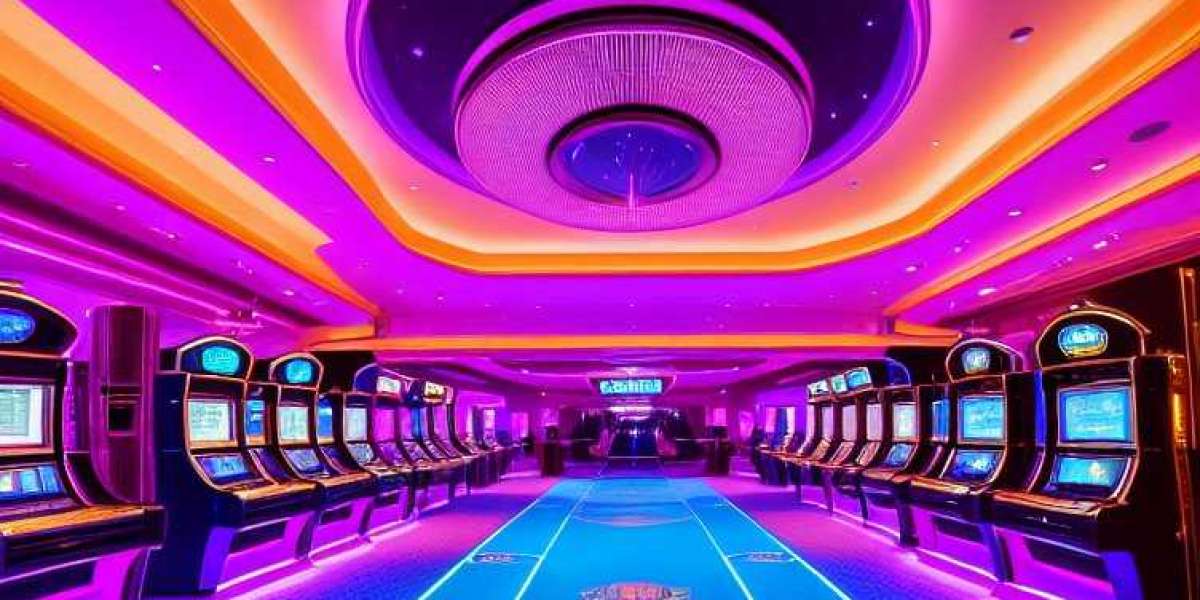The world of web design is ever-evolving, constantly adapting to new technologies and user behaviors. For a web designer, staying ahead of the curve is crucial. Here, we explore some of the most exciting trends that are poised to shape the future of website design:
1. Voice User Interface (VUI) Integration:
Imagine interacting with a website simply by using your voice. Voice assistants like Alexa and Siri are becoming increasingly popular, and VUI integration is a trend web designers should watch closely. In the future, websites might allow users to navigate menus, search for information, or even make purchases through voice commands. This hands-free approach will require web designers to consider the way users interact with websites using voice, potentially incorporating voice-activated elements and optimizing website content for voice search.
2. The Rise of AI-Powered Personalization:
Artificial intelligence (AI) is rapidly transforming many industries, and website design is no exception. In the future, web designers might leverage AI to personalize user experiences on a deeper level. Imagine a website that dynamically adjusts its layout and content based on a user's individual preferences and browsing history. This level of personalization can create a more engaging and relevant experience for each visitor.
3. The Continued Domination of Mobile-First Design:
Responsive design, ensuring websites adapt seamlessly to any device, is no longer a trend – it's a necessity. However, the future of mobile-first design goes beyond responsiveness. Web designers might explore features like accelerated mobile pages (AMP) to ensure websites load lightning-fast on mobile devices. Additionally, with the rise of foldable phones and other innovative mobile form factors, web designers will need to consider how websites adapt to these evolving screen sizes and user interactions.
4. A Focus on User Experience (UX) Above All Else:
The core principle of user experience (UX) design – creating websites that are intuitive, user-friendly, and enjoyable to navigate – will continue to reign supreme. In the future, web designers might incorporate features that anticipate user needs and provide seamless interactions. Microinteractions, subtle animations, and well-crafted user flows can all contribute to a positive UX, keeping users engaged and coming back for more.
5. The Power of Immersive Technologies:
Virtual reality (VR) and augmented reality (AR) are no longer futuristic concepts. While widespread adoption might still be a few years away, forward-thinking web designer are already exploring how these immersive technologies can enhance website experiences. Imagine exploring a product virtually before purchasing it, or viewing 3D architectural models of a building project directly on a website. The possibilities are endless, and web designers who embrace these technologies will be at the forefront of the next wave of website design innovation.
The future of web design is brimming with exciting possibilities. By staying informed about these emerging trends, web designers can ensure their creations are not only aesthetically pleasing but also functional, user-centric, and future-proof. So, keep your eyes peeled and embrace the ever-evolving landscape of web design! After all, in this digital age, the websites that thrive are the ones that constantly adapt and innovate.



